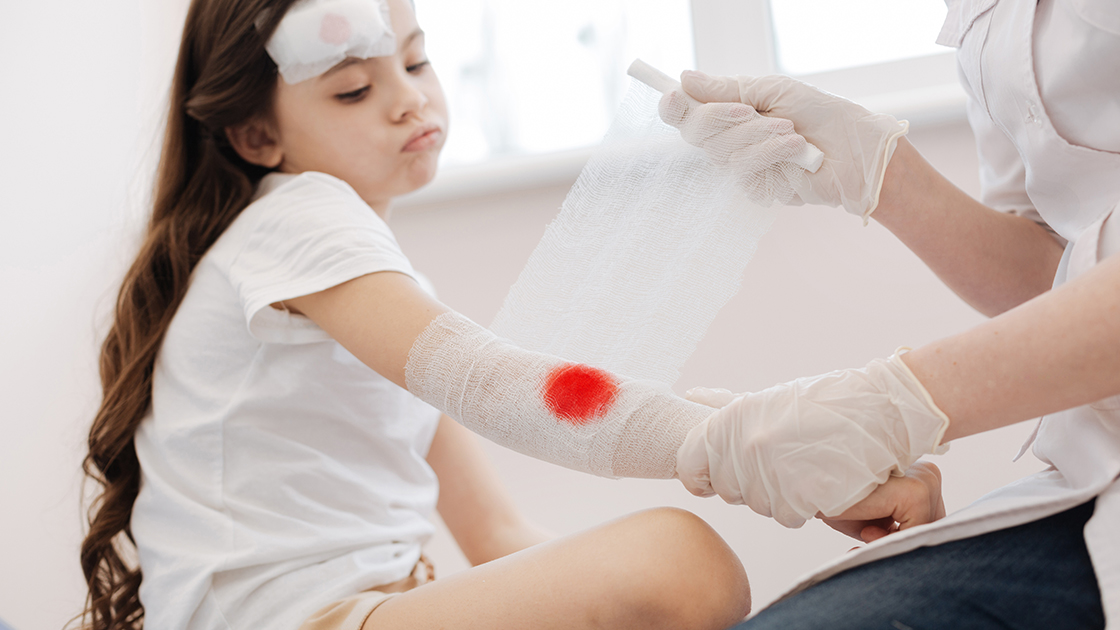Page Contents
Wound healing is a complex and dynamic process that involves a series of stages, each crucial for the restoration of damaged tissues. Laser therapy, a non-invasive and innovative medical approach, has demonstrated remarkable effects on expediting the healing process. In this blog post, we’ll explore the influence of laser treatment on wounds at different stages and delve into the multifaceted benefits it offers for overall wound healing.
Laser Therapy Effects on Wounds at Different Stages
a. Inflammatory Stage
The inflammatory stage initiates the healing process, characterized by blood clotting and the arrival of immune cells to the wound site. Laser therapy at this stage has been shown to
– Reduce Inflammation Laser treatment mitigates excessive inflammation, promoting a balanced immune response and preventing prolonged inflammation that could impede healing.
– Enhance Blood Circulation By stimulating blood flow to the wound, laser therapy ensures that essential nutrients and oxygen reach the damaged tissues, facilitating the removal of debris and toxins.
b. Proliferative Stage
In this stage, new tissue formation and collagen synthesis occur. Laser therapy contributes to the proliferative stage by
– Stimulating Fibroblast Activity Fibroblasts are crucial for collagen production. Laser treatment accelerates fibroblast activity, leading to the formation of a robust collagen matrix that supports tissue regeneration.
– Speeding Up Epithelialization Laser therapy expedites the migration of epithelial cells, the building blocks of skin, across the wound bed. This aids in the closure of the wound and minimizes scarring.
c. Maturation or Remodeling Stage
The final stage involves the maturation and remodeling of the newly formed tissues. Laser therapy impacts this stage by
– Reducing Scar Formation Laser treatment has been shown to promote a more organized arrangement of collagen fibers, resulting in less noticeable scars and improved tissue functionality.
– Enhancing Tissue Strength By influencing collagen cross-linking, laser therapy contributes to the strength and integrity of the healed tissue, reducing the likelihood of future complications.
Benefits of Laser Therapy for Wound Healing
a. Non-Invasive Nature
One of the primary advantages of laser therapy is its non-invasive nature. Unlike surgical interventions, laser treatment doesn’t involve incisions, reducing the risk of infection and minimizing discomfort for patients.
b. Pain Reduction
Laser therapy has analgesic effects, providing effective pain relief during and after the wound healing process. This is particularly beneficial for individuals recovering from surgical procedures or traumatic injuries.
c. Accelerated Healing Time
Numerous studies have demonstrated that laser therapy significantly shortens the overall healing time for wounds. This accelerated recovery is particularly crucial for minimizing the risk of infections and complications.
d. Minimized Infection Risk
Laser treatment exhibits antimicrobial properties, reducing the risk of infection in wounds. This is especially valuable in scenarios where open wounds are prone to bacterial contamination.
e. Customizable Treatment Plans
Healthcare professionals can tailor laser therapy treatment plans to suit the specific needs of each patient and wound type. This personalized approach ensures that the therapy addresses the unique characteristics of the wound, optimizing the healing process.
Conclusion
Laser treatment emerges as a powerful ally in the journey of wound healing, influencing different stages of the process and offering a multitude of benefits. Additionally, from reducing inflammation to minimizing scar formation, laser therapy presents a non-invasive and efficient approach to accelerate recovery and enhance the overall healing experience.
Furthermore, individuals considering laser therapy for wound healing should consult with qualified healthcare professionals. These professionals can assess the specific characteristics of the wound, tailor treatment plans, and guide individuals on integrating laser therapy into their overall approach to wound care. Moreover, embracing the potential of laser treatment in the healing process marks a significant step towards faster recovery, reduced complications, and improved overall well-being. In essence, the collaboration with healthcare professionals ensures a tailored and effective path towards optimal wound healing.
